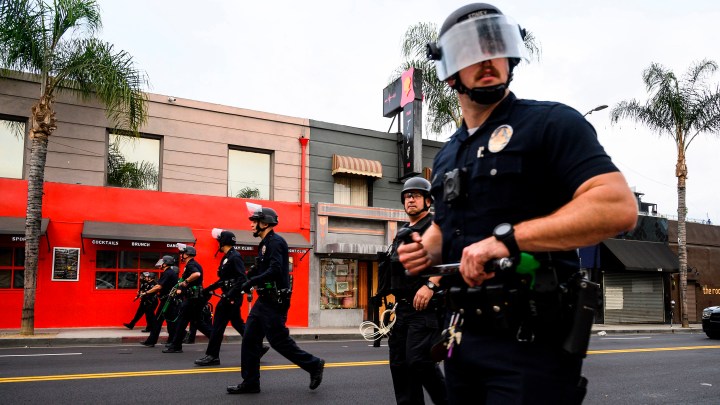
Implicit bias training for police officers is big business
Implicit bias training for police officers is big business

Minneapolis, Los Angeles, New York and dozens of other cities have invested millions of dollars to increase self-awareness among police officers of their own unconscious biases around race, class and gender. Over the last five years or so, demand for this implicit bias training has taken off across the country.
But do implicit bias training programs actually work?
“The reality is this multimillion, maybe billion, dollar industry has gotten way far ahead of the evidence,” said Patricia Devine, who runs a lab studying prejudice at the University of Wisconsin.
Devine says while research has shown improvements with some techniques, there aren’t really any standards for training.
“There’s sort of a lot of intuition and wishful thinking that goes on,” she said.
One of the largest training companies, Fair and Impartial Policing, says on its website it gives officers tools to recognize bias and change behavior, and helps supervisors identify biased behavior among those they manage.
But most departments aren’t collecting the right kind of data to measure effectiveness, says Lois James, an assistant professor at Washington State University.
“It’s typically kind of knowledge-based, like, ‘Is there a shift in attitude after the training?'” James said.
In general, she says, police departments aren’t looking at how the training affects officer behavior, and further study would require police departments opening up to more scrutiny.
There’s a lot happening in the world. Through it all, Marketplace is here for you.
You rely on Marketplace to break down the world’s events and tell you how it affects you in a fact-based, approachable way. We rely on your financial support to keep making that possible.
Your donation today powers the independent journalism that you rely on. For just $5/month, you can help sustain Marketplace so we can keep reporting on the things that matter to you.


















